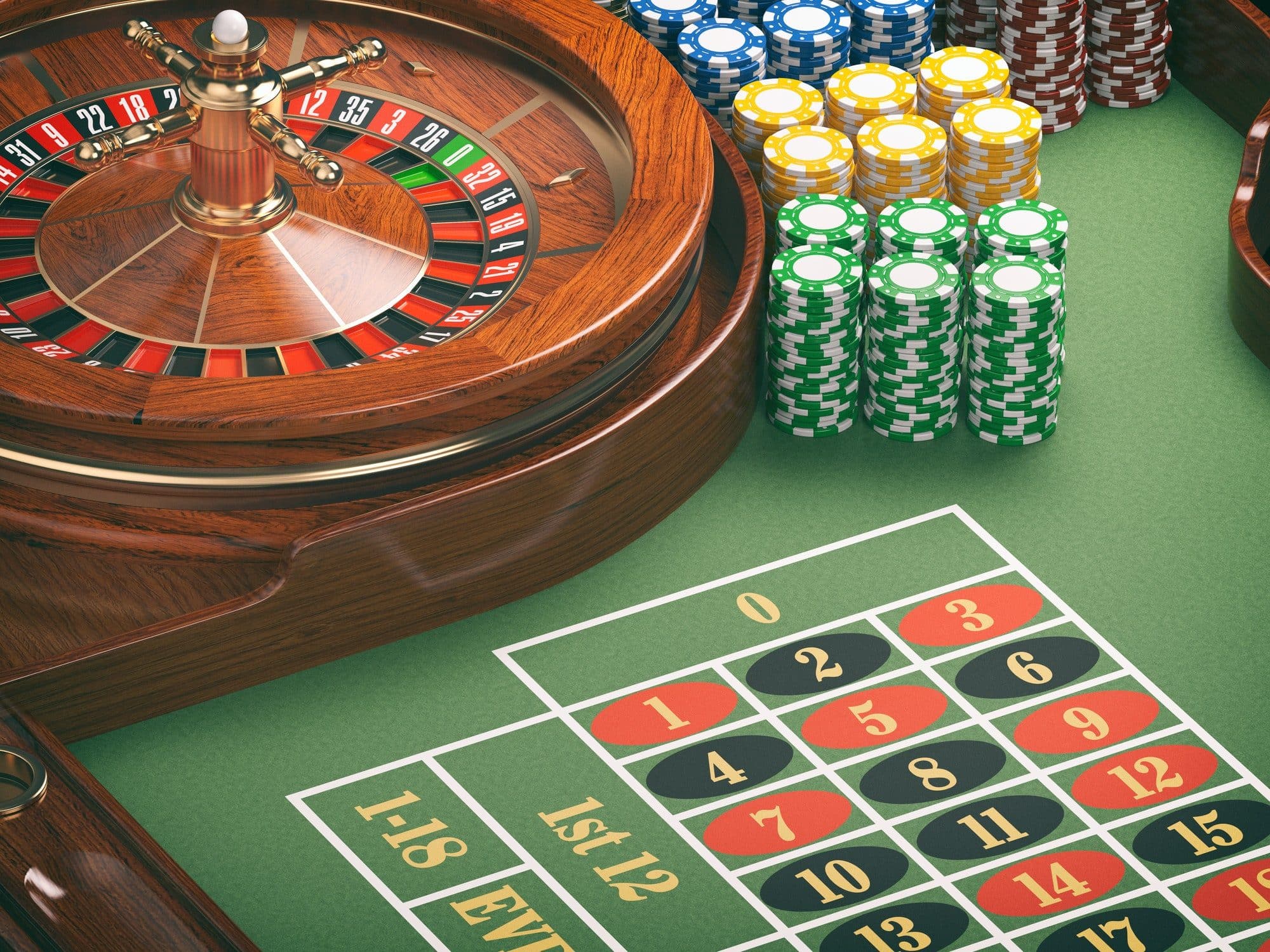Casino games have long captivated the human imagination, drawing participants into a realm filled with luck, tactics, and the allure of thrill. Each experience is painstakingly crafted not just for entertainment, but also to evoke specific emotional responses that keep players immersed and invested. Understanding the drives behind these designs reveals much about how psychology plays a key role in the gaming experience.
From the bright lights and lively sounds to the intricate layering of rules and incentives, casino games are designed to create an atmosphere of anticipation and eagerness. Game designers leverage behavioral strategies to influence participant behavior, whether through the use of jackpots, near-miss scenarios, or community engagement. By examining these factors, we can better appreciate how casino games fulfill not just a need for entertainment, but deeper psychological needs for adventure and uncertainty.
Understanding Player Actions
Casino games are designed with a profound understanding of player psychology, which is essential for drawing in and keeping players. The thrill of the game, alongside the anticipation of winning, produces a powerful allure. Game designers employ elements like audio cues, colorful graphics, and captivating gameplay to seize attention and generate emotional responses. These sensory experiences enhance the immersive experience, making players feel more involved in the game.
Another notable aspect of player behavior is the idea of risk/reward dynamics. Casino games often weigh high-stakes situations with the potential for significant rewards, which can cause the phenomenon known as near-miss experience. When players come near to winning, the brain produces dopamine, reinforcing their behavior and prompting them to continue playing in quest of that hard-to-reach win. This cycle of anticipation and frustration plays a critical role in how games are structured and promoted.
Lastly, social elements also play a central role in player behavior at casinos. Many games are made to be played in groups or with other players, fostering a sense of togetherness and shared experience. The social interaction inherent in games like blackjack enhances enjoyment and can lead to extended gameplay. Designers take advantage on this by designing environments that prompt players to linger, connect, and return, making the overall casino experience more attractive.
The Role of Visuals and Audio
Visuals and sound play a significant role in improving the gambler’s experience within casino games. Designers utilize bright colors, striking graphics, and engaging animations to grab players’ attention and hold their focus. The use of motifs, such as exploration or luxury, helps create an engaging atmosphere that transports players into another world. By connecting to the senses, these elements add to a heightened emotional response, encouraging players to engage more deeply with the games.
Sound design is just as important in reinforcing the overall experience of gambling games. The combination of background music, sound effects for successful combinations, and environmental noises creates an sound landscape that keeps players enthralled. Sounds associated with victories, such as chiming bells or celebratory music, evoke feelings of excitement and satisfaction, prompting players to continue playing. These audio cues are carefully placed to enhance the excitement of the game and create a more engaging experience.
Additionally, the synchronization of visuals and audio is important for reinforcing the game’s overall theme and mood. Each element should coordinate harmoniously to create a cohesive experience that draws players in. The effective use of this integration not only enhances user enjoyment but also increases the chances of repeat play, as players become more engaged in the captivating world that the casino games offer. This thoughtful integration of imagery and sound ultimately enhances player involvement and loyalty.
Reward Structures and Engagement

The creation of casino games significantly depends on incentive systems to ensure players involved and coming back for more. These structures are rooted in psychological principles that take advantage of human nature and motivation. liên minh okvip Players are often motivated by the excitement of winning, which is reinforced by immediate feedback through the game’s design. This instant gratification not just improves the gaming experience but also cultivates a sense of success, encouraging participants to continue playing in hopes of bigger gains.
Casinos utilize various reward structures, including large payouts, bonuses, and increased rewards, to engage players. These features create a layer of thrill that maintains engagement. Additionally, the unpredictability of outcomes plays a significant role in sustaining attention. The intermittent reinforcement schedule, where wins are unpredictable but occur often enough, maintains players on edge and motivated to continue participating. This loop of anticipation and expectation is foundational to the success of casino games.
Furthermore, social elements, such as tournaments and multiplayer features, boost the participation factor by leveraging the competitive nature of players. The shared experience of gaming with others can amplify the thrill of success and create a sense of community within the gaming space. By combining these social dynamics with effective reward systems, gambling experiences not only provide entertainment but also nurture a stronger bond among participants, solidifying their loyalty to the gaming experience.